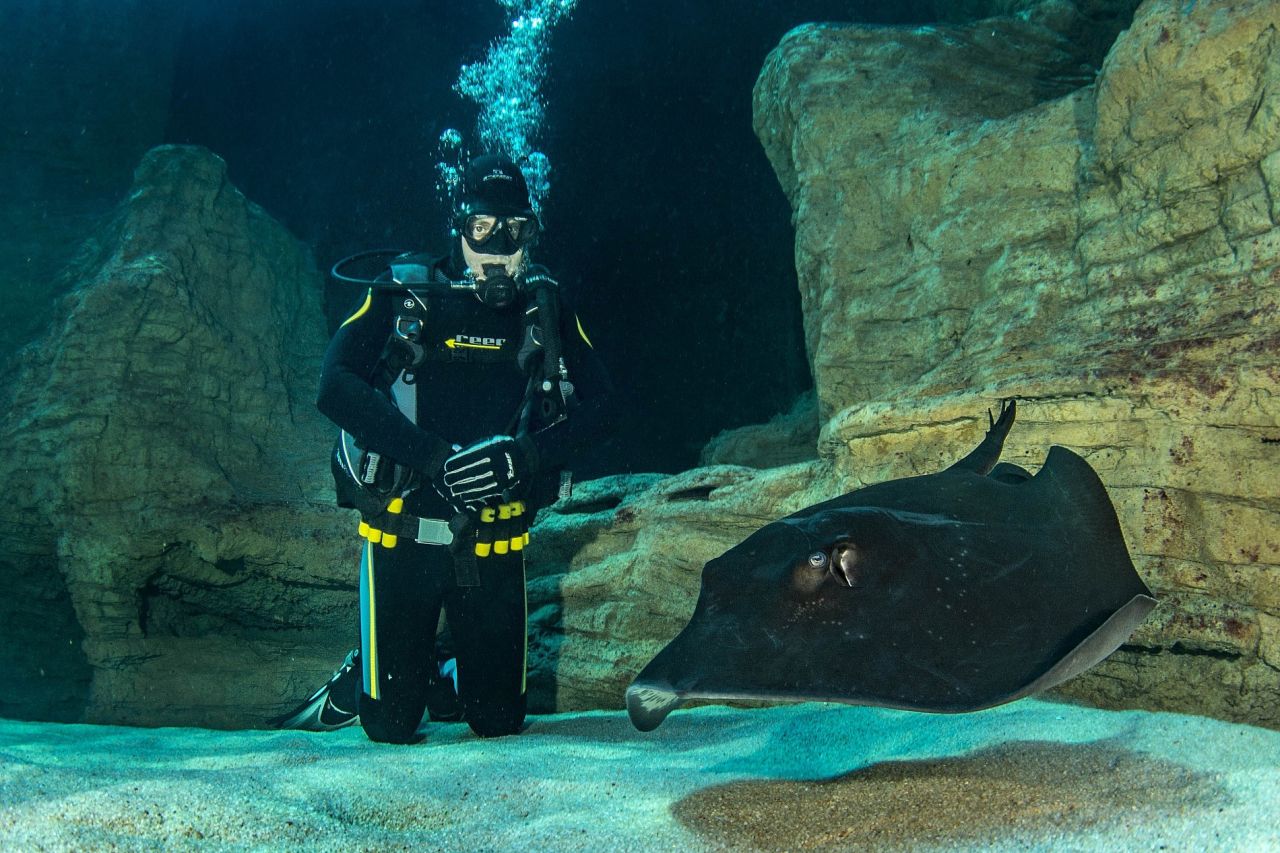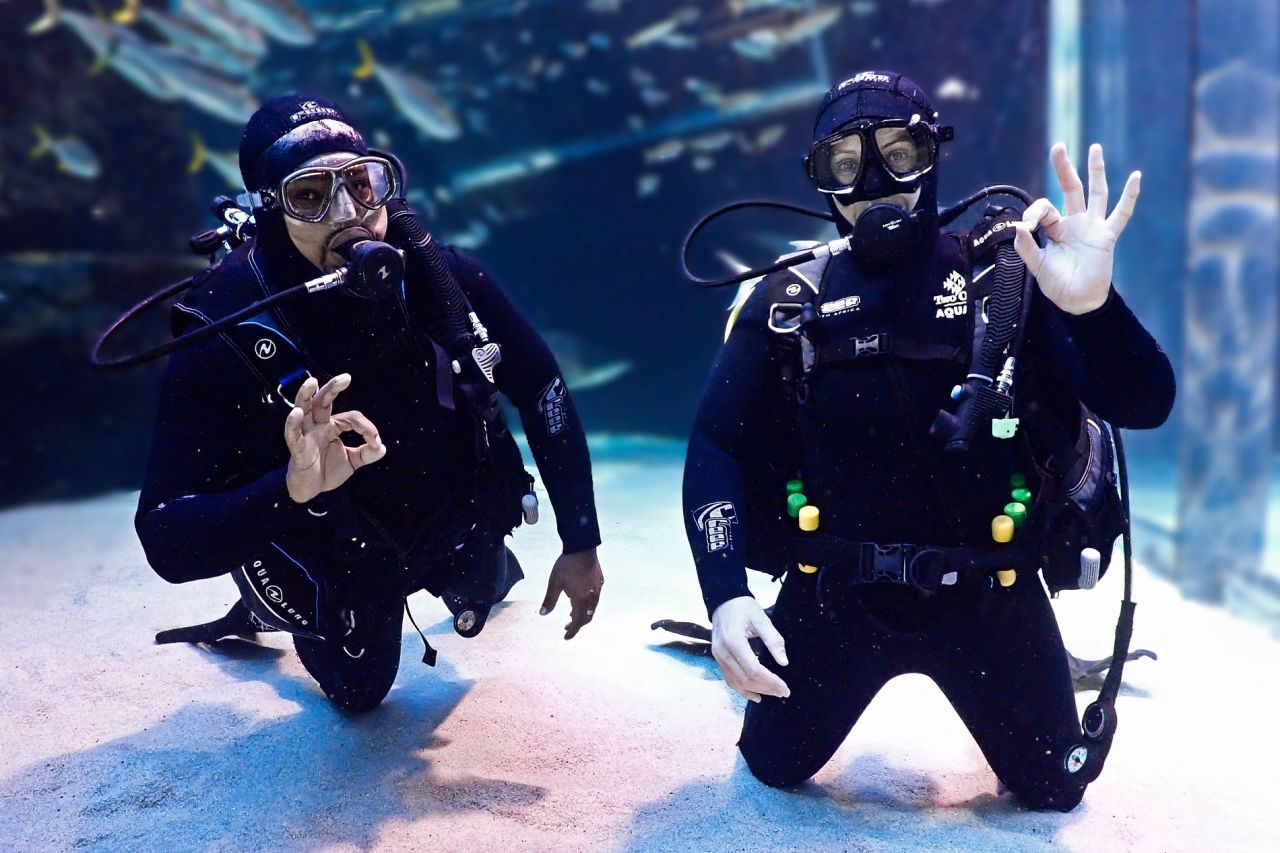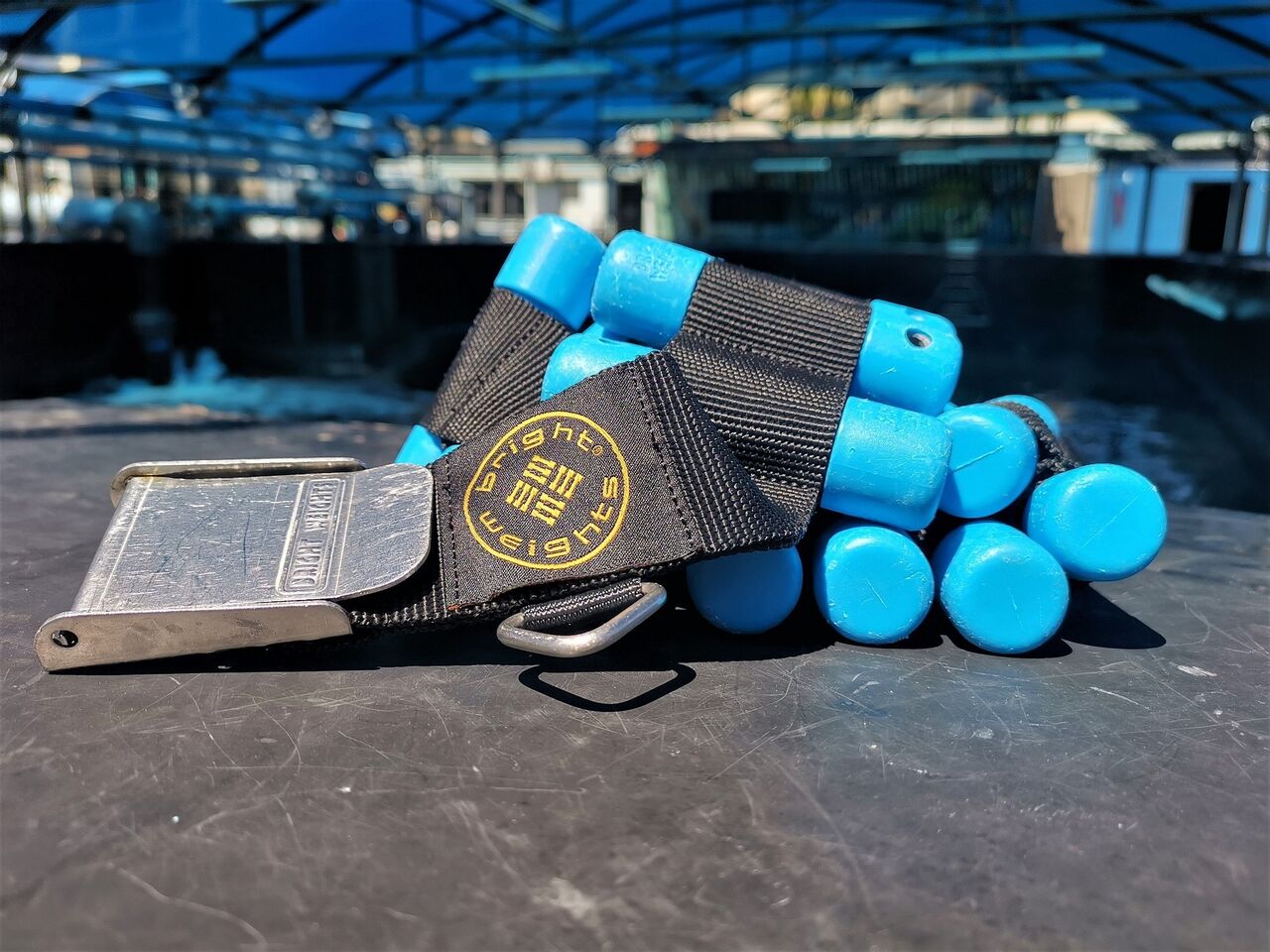You've just completed your PADI Open Water Scuba Diver course at the Two Oceans Aquarium Dive School and are looking to get your own diving equipment (or are dropping hints about what you'd like for a gift). While some of the big-ticket items like cylinders, BCDs and regulators are easy enough to rent, many divers like to own their own basic gear items for the sake of comfort and convenience - particularly those items that serve double duty for snorkeling trips!
Let's take a look at an item that is often overlooked for its simplicity - weights!

Both scuba divers and freedivers wear some extra weights. These weights aren't to help you sink, they are to overcome the added buoyancy (i.e. "floatiness") of the wetsuit and equipment you're using, as well any belly fat you might pick up over the festive season (don't make that face).
As a general rule of thumb, scuba divers carry about 10% of their bodyweight in extra weights, but in practice, you'll tweak this amount to suit your dive gear and achieve perfect neutral buoyancy - a state where you neither sink nor float, but where you stay exactly where you want. Freedivers carry less equipment, and thus fewer weights, but still aim to reach a comfortable balance.
So, you'll want a weight solution that can be tweaked as your diving habits improve. But, you'll also want to make sure that the weights you choose are comfortable, safe and environmentally friendly.
If you have a large build, or dive with a thicker wetsuit than your peers, you might find that carrying so much additional weight on a weight belt is uncomfortable. Weight belts are fantastic safety devices - allowing you to quickly drop all your weights in an emergency, but they aren't the best solution for carrying very large amounts of weight.
Experienced scuba divers tend to distribute their weights more evenly around their bodies - this allows them to tweak their "trim" - the position that they keep their bodies in the water. There are a variety of options, but some popular choices include adding weights to the cylinder, adding soft weights to the pockets of a BCD, or wearing ankle weights to compensate for lightweight fins.
At the Two Oceans Aquarium, our divers use locally made Bright Weights, which are colourful, comfortable and easily customisable. The polymer lining of Bright Weights and similar coated weights have the added benefits of preventing the leaching of lead into the environment, which has been linked to the degradation of wildlife.
Bright Weights is also a partner of the Two Oceans Aquarium, supporting our Dive School, Adventure Diving, and our commercial divers with the provision of weight equipment. Thanks, Bright Weights!





